With so many things to do in Madrid, it’s easy to see why it attracts so many international tourists. Madrid is the capital city of Spain and the third largest city in the European Union, smaller than only London and Berlin. Madrid has a lot of activities to offer and things to see. Whether you plan on visiting for a short weekend, as we did, or for a longer period of time, there are a plethora of experiences to explore.
Located in the centre of Spain, Madrid is influential in art, culture, education, entertainment, environment, fashion, media, politics, and science. It is also home to two of world-famous football clubs, Atlético Madrid and Real Madrid.
Although by all standards a modern city, Madrid has preserved the look of its historic neighbourhoods and streets, marrying a sense of old and new in a way that pays homage to the city’s rich history, whilst firmly placing it in 21st century Europe.
Things to do in Madrid
Our favourite way of exploring a new city is by trying to walk as much as possible without a rigid plan of what we have to see and do. Rather, we have a list of things we know we would normally enjoy seeing and experiencing, but if we miss any, well we can get to them next time we visit.
Madrid is a large city, so walking through it all would be time consuming and exhausting. If you have to travel from one end to the other, then use the subway system or a taxi, and then explore the area on foot. Alternatively, catch on of the Hop-on Hop-off buses and rest your feet while listening to the audio guide.
Whilst visiting Madrid, Google Maps was a good friend throughout our travels, in that it made us aware of all the things in the surrounding area. The app helps you navigate the city whether you are travelling on foot, or by public transport.
An important thing to note is that in the summer Madrid is hot hot hot. With temperatures ranging from 22 to 35 degrees Celsius (75-95F), on hotter days it can be a sweltering city.
Similarly, in the winter it can get very cold. When you are planning your Madrid getaway make sure you check the forecast in order to know what sort of temperatures you should be expecting and plan your packing and activities accordingly.
Our visit in June was short and sweet. The average temperatures we experienced were of about 30-32 degrees during the day and a cooler 25 degrees in the evenings. We still managed to walk a lot, but we always tried to stay in the shade and always had a water bottle with us. There were several things we managed to see, and several more we would have liked but didn’t have time.
As we would love it if you didn’t miss anything important, we put together this comprehensive review of all the lovely things to do in Madrid.
Museums in Madrid
Prado Museum
During our short weekend there, we only had the time to visit one museum in Madrid. The world-famous Museo del Prado; and we are so glad we did!
Whether you are a lover of art, or simply want to explore the city’s landmarks, this is one museum that you cannot miss. The Prado Museum is considered to have one of the world’s finest collections of European art, ranging from the 12th century to the early 20th century. The museum’s collection is based upon the former Spanish Royal Collection.
The Prado Museum was founded in 1819, and today it is considered to be one of the greatest art museums in the world, as well as one of the most visited. Francisco Goya is the most extensively represented artist, however, the museum’s collection also includes works by Hieronymus Bosch, El Greco, Peter Paul Rubens, Titian, and Diego Velázquez, to name a few.
We only got to spend one day in this beautiful building, but we managed to see the vast majority of the pieces that the museum is famed for having in its collection. Whilst a day is enough for a quick tour if you truly want to immerse yourself and take all the masterpieces in, it is recommended that you spread out your visit over two or three days.
Museo Reina Sofia
Spain’s national museum of 20th Century art, the Museo Reina Sofia, is dedicated primarily to Spanish art. Museo Reina Sofia possesses an excellent collection and includes extensive collections of two of the country’s greatest 20th-century artists, Pablo Picasso and Salvador Dalí. Perhaps the most famous piece that you will find in this museum, is Picasso’s Guernica – a piece that many consider to be Picasso’s greatest artwork, as well as one of the most moving and powerful anti-war paintings in history.
Inaugurated in 1992 and named after Queen Sofia, the museum is one of the world’s largest for modern and contemporary art. Alongside its permanent collection, the museum also hosts national and international temporary exhibitions in its galleries, making it a must-see destination for anyone visiting Madrid.
Museo del Romanticismo
For those of you possessing more romantic souls, this is a museum worth visiting. Dedicated to romanticism, this museum houses over 16,000 items ranging from paintings, sculptures, furniture, drawings, photographs and decorative art. Inaugurated in 1924, the museum is located in a late 18th-century building, which was also declared as Bien de Interés Cultural (a category of heritage register in Spain and other Spanish speaking countries) in 1962.
Shopping in Madrid
Over recent years Madrid has steadily risen to become a global centre for fashion, with many talented designers appearing on the scene and breaking through on an international level. It, therefore, comes without a surprise that if going on a shopping spree is something you enjoy on a holiday, then Spain’s capital city provides a delightful array of opportunities for your shopping therapy.
Madrid Fashion Week, formerly known as Cibeles Madrid Fashion Week is considered to be the most prestigious fashion event in Spain, attracting supermodels, fashion designers and fashion enthusiasts alike. To mention a few famous designers, Manolo Blahnik, Jesus Del Pozo, and Loewe are just some of the many that have ties to the Spanish capital.
The primary shopping areas to titillate your inner fashionista are Salamanca, Chueca, central Madrid (near Plaza del Sol), Princesa and Cuatro Caminos.
If you are after shoes, then Chueca ought to be your starting point. Chueca is a more bohemian area of Madrid, where you will surely find originals alongside designer goods.
For a more glamorous shopping spree, Salamanca is the area for you. Nicknamed ‘the golden mile’, Salamanca is laden with designer shops, and the prices to match.
The shops in central Madrid, namely near Plaza Mayor, Gran Via and Puerta del Sol, will be all the high street names that you are familiar with at home. Who doesn’t enjoy checking out the different variety of clothing available to Madrid’s locals?
For a more budget-friendly shopping adventure, head either to the university area of Argüelles or further toward the north of Madrid to Cuatro Caminos.
During our visit, we found two wonderful gems. Magpie Vintage on Calle de Velarde had a great variety of vintage items including clothing and accessories for both men and women. Chopper Monster on Corredera Alta de San Pablo had a great array of weird and wonderful things, from clothes and shoes to books and random nick nacks that you just didn’t know you needed.
In addition, on Saturdays the area of La Latina significantly livens up with merchants placing little stalls outside their shops, creating a beautiful market offering things from artwork to food.
Parks
Parks are probably not the first things you consider when visiting Madrid, however, in a city that is absolutely roasting during the summer months, these parks become green heavens.
El Retiro
El Parque del Buen Retiro is one of Madrid’s most famous parks, as well as one of the city’s greatest attractions. Once the ultimate place for royals to “hangout” and enjoy garden plays and concerts, El Retiro maintains its regal beauty. Nowadays the park is famous for the rowboats that visitors can rent by the hour.
El Retiro is also home to Madrid’s Palacio de Cristal (Glass Palace), a gorgeous conservatory built in 1887 by architect Ricardo Velásquez Bosco for the Exposition of the Philippines. Formed in the shape of a Greek cross, the structure is almost entirely made of glass set in an iron framework on a brick base and decorated with ceramics. The structure rises over 22 meters high, and at the time it was built it alluded greatly to London’s Crystal Palace and the Palm House at Kew Gardens. Initially used as a greenhouse, the Glass Palace is now a fantastic venue for art exhibits.
Royal Botanical Gardens
Located next to the Prado museum, the Royal Botanical Gardens are divided into seven major outdoor sections and five greenhouses dedicated to cultivating species that are not best suited to Madrid’s climate. The garden boasts about 90,000 plants and flowers and 1,500 trees.
Casa de Campo
Casa de Campo, or Country House, is the largest park in Madrid, and with its great size come many interesting activities that you can undertake in this natural interlude to the city. In its earliest years, this park was actually a royal hunting estate – hence its name. Situated in the west of downtown Madrid, Casa de Campo is about five times the size of New York’s Central Park. An excellent spot for a picnic, a bike ride or simply a leisurely stroll, Casa de Campo is a beautiful destination particularly in the autumn when all the earthier colours begin to appear in the trees.
Within Casa de Campo are also an amusement park (Parque de Atracciones Madrid) and the Madrid Zoo, making it a popular destination for families.
This park has amassed a bit of a bad reputation over the years, as due to its size and lack of policing it attracted a lot of criminality. The authorities, however, have been working hard to make Casa de Campo a safe destination, and they have to a large extent succeeded. Regardless, as with any park in any city avoid it in the darker hours of the day.
Jardín del Príncipe de Anglona
This gorgeous walled garden is located in the heart of old Madrid, near the area of La Latina. A portal to Spain’s past, this garden is one of the few remaining examples of an 18th-century noble garden preserved in Madrid. The Prince of Anglona was Pedro de Alcántara Téllez-Girón y Alfonso Pimentel (long name!), and the garden was once part of his palace. This garden was created in the form that it is now around about the same time that Goya was wandering around the city. It is one of Madrid’s historical parks, and definitely worth a visit if you want to immerse yourself in something a bit more quaint and romantic.
Restaurants, bars and clubs
With every holiday to a new part of the world, the local cuisine and flavours play an important role in shaping your experience. After all, the act of eating is one of the most important aspects of being human. Not only does food provide nutrition for survival, but the social aspects (cooking, eating, talking with friends) all come together in a way that is culturally significant. Food is an excellent way to gain some insight into the local customs.
In our exploration of the city’s gastronomy we kind of just walked into the places that seemed interesting. This provided a great variety of flavours and it is an approach we recommend if you are looking for more spontaneous experiences in Madrid. If you see a place and you are unsure, all you have to do is quickly search on Google and see whether it has good reviews.
We had lunch at Rosi La Loca primarily because we were attracted by the decor, which makes for some fun and colourful (and yes, Instagrammable) pictures. Located near the Plaza Mayor and Plaza del Sol, this little tapas bar is surrounded by the city’s vibrant hustle and bustle and is but a stone’s throw away from many attractions and shops. Whilst all the food we tried was delicious, we were particularly transfixed by the burrata which the server injected with delicious pesto, and the surf and turf paella.
For a leisurely brunch, you must check out Café Federal in Plaza de las Comendadoras. Brunching is a relatively new phenomenon in Spain, but it is increasingly an activity that the Spanish are signing up for. Café Federal is an Australian-inspired cafe that caters to foodies and health junkies alike. We went here on a Sunday and waited in a queue for a table for about 20 minutes. Was it worth the wait? Absolutely! We tried the Salmon Eggs Benedict, which had arguably one of the best Hollandaise sauces we have tasted. We also gave the Bacon Burger a whirl, which is every bit as good as you can expect it to be. With delicious options for people of all diets, this is truly a great place for a spot of brunch.
If you want to try the best ever tortilla de patatas (Spanish omelette), head over to Juana La Loca, in Plaza de Puerta de Moros. Certifiably delicious, and recommended to us by locals. Everyone knows that when a local recommends a place for good food, you’re in for a treat.
Finally, for the ultimate foodie experience head to Mercado de San Miguel. Situated just off the Plaza Mayor, this historic wrought-iron-and-glass market is one of the city’s liveliest culinary spots since its reopening in 2009 following a six-year restoration. Alongside the gorgeous fresh produce are tapas bars offering an array of local treats such as gambas al ajillo (prawns in garlic – yum!).
For bars, Amargo and 1862 Dry Bar on Calle de Pez were recommended by one of the taxi drivers we had the pleasure of meeting. In fact, the overall Malasaña area and Plaza de las Herradores we were told were great spots for drinks and food.
In the summer, rooftops are all the rage in Madrid, and why wouldn’t they be when it’s constantly sunny and hot? Two of the best rooftop bars are The Penthouse on Plaza de Santa Ana, and La Terraza de Óscar in the Hotel Room Mate Óscar on Plaza de Pedro Zerolo.
In the event that you want to keep going throughout the night, Mondo Disko on Calle de Alcalá is an EDM paradise and a place where you will be able to party until the early hours. Opium, on Calle de José Abascal, has recently opened its doors in Madrid after being named one of Barcelona’s best. Opium Madrid is quickly working toward becoming the place to be. Unfortunately, some places, such as Serrano 41, do have a reputation for trying to rip off tourists and having a particularly aggressive attitude, so remember to always keep your receipts until the end of the night and to check the bottle you are buying prior to opening it.
Finally, a destination that doesn’t really fit into any of the categories above, but is simply lovely to walk through: Plaza de Tirso Molina. This little square is dotted with stalls of beautiful flowers, making it possibly one of the most quaint little flower markets we have seen in a while. The vibrant colours and fragrances are instantly attention-grabbing. If you want to spend some more time in this area, there are several little bars and restaurants situated around the square.
Overall, Madrid is a large and interesting city in many respects. As with many European cities, you need to be aware of your surroundings as pickpockets are a common occurrence. You need to take your time here, Madrid is a busy city and it can be easy to get swept away with the many crowds. Plan your journey in such a way so that you can see the things that interest you most, and if you are travelling in the summer ensure you are prepared for the heat with an assortment of hats, suncream, sunglasses and water bottles.

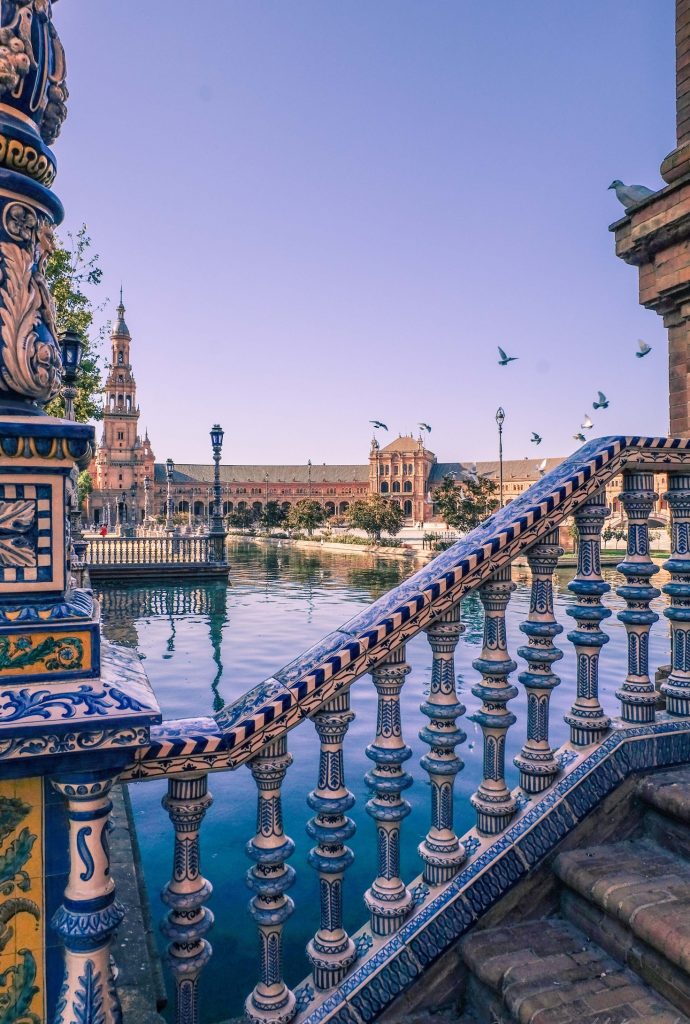

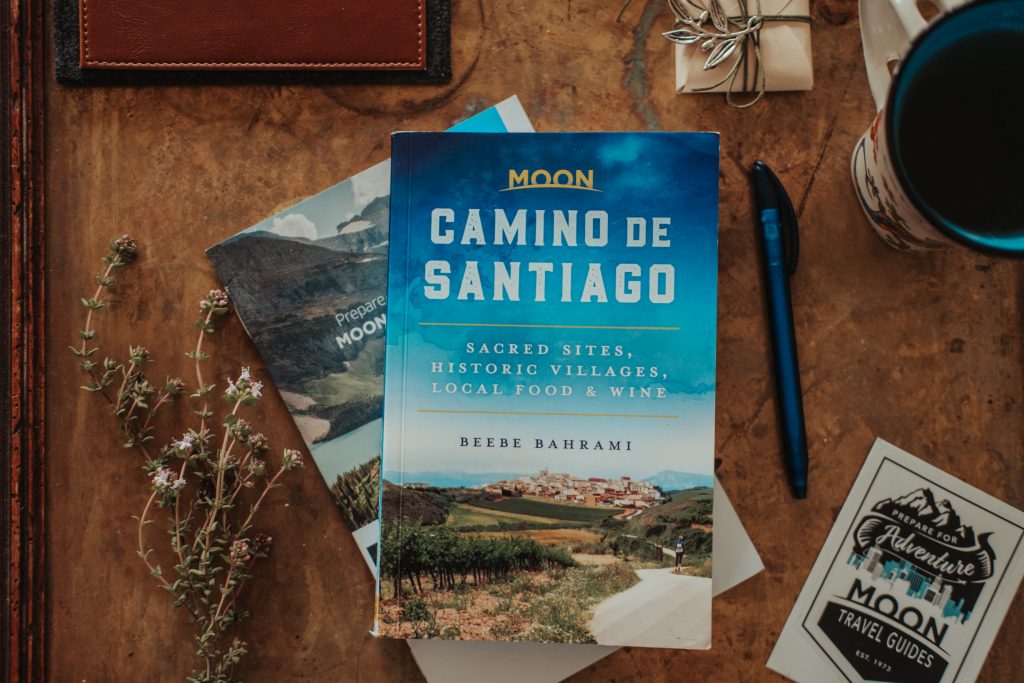
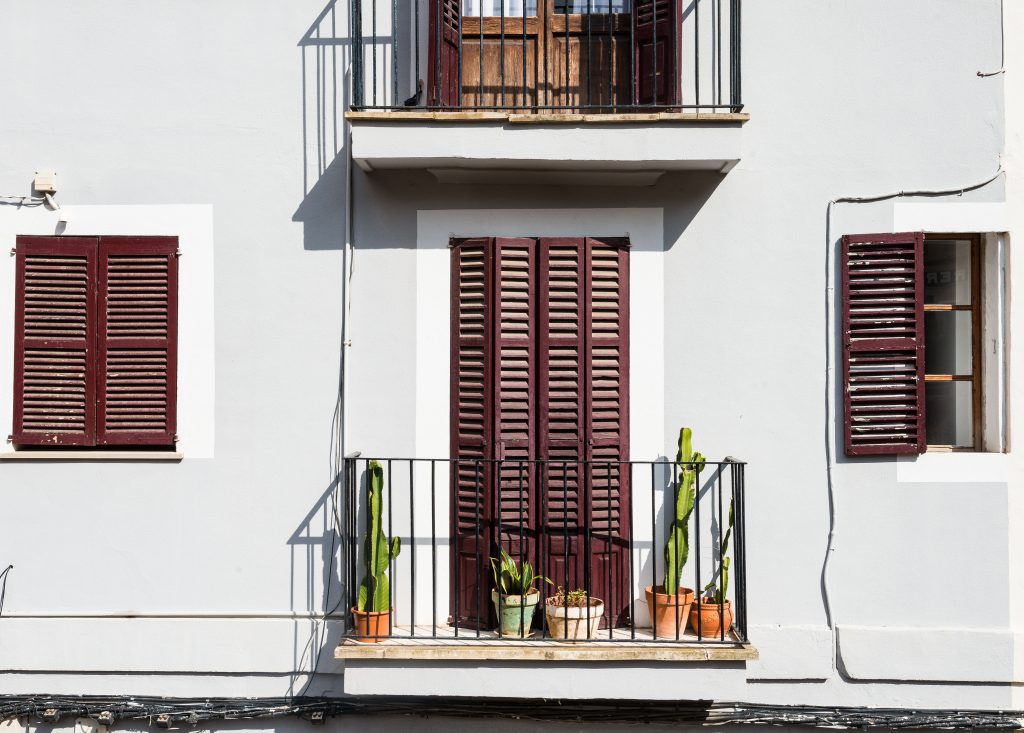
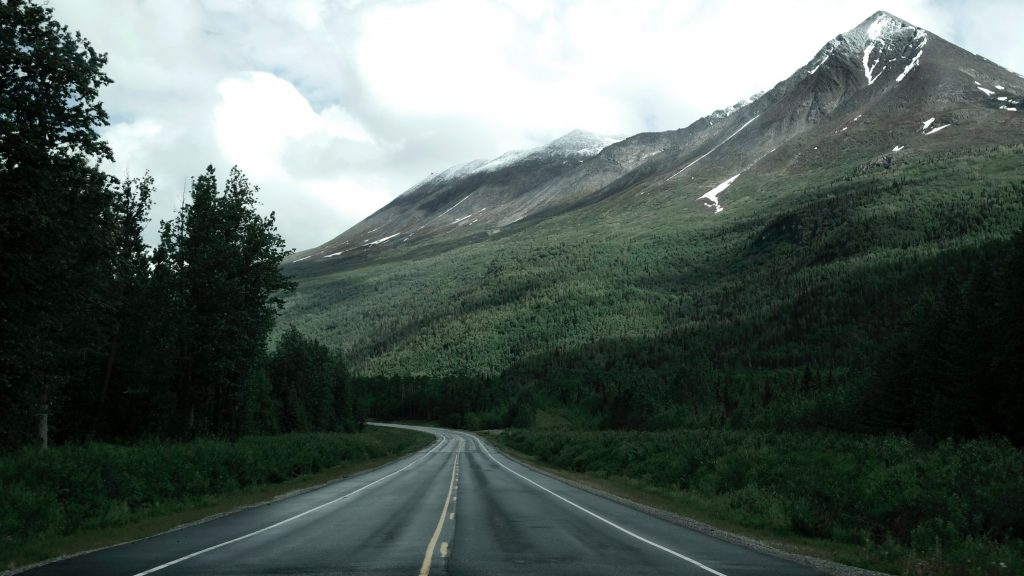
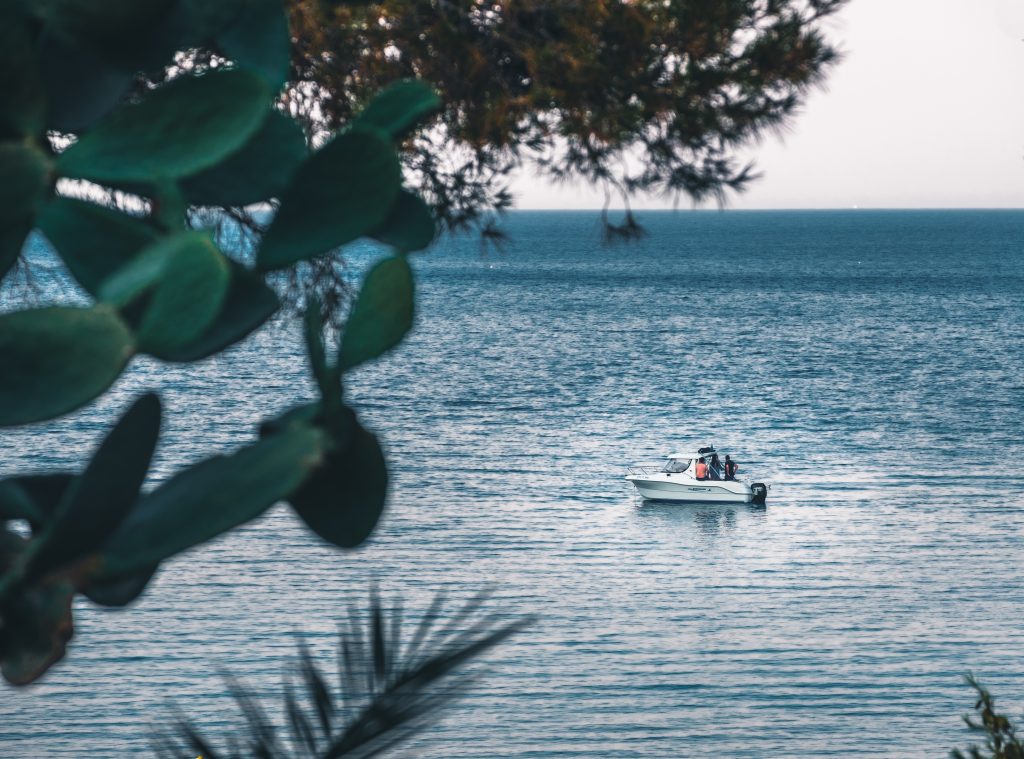


Leave a Reply